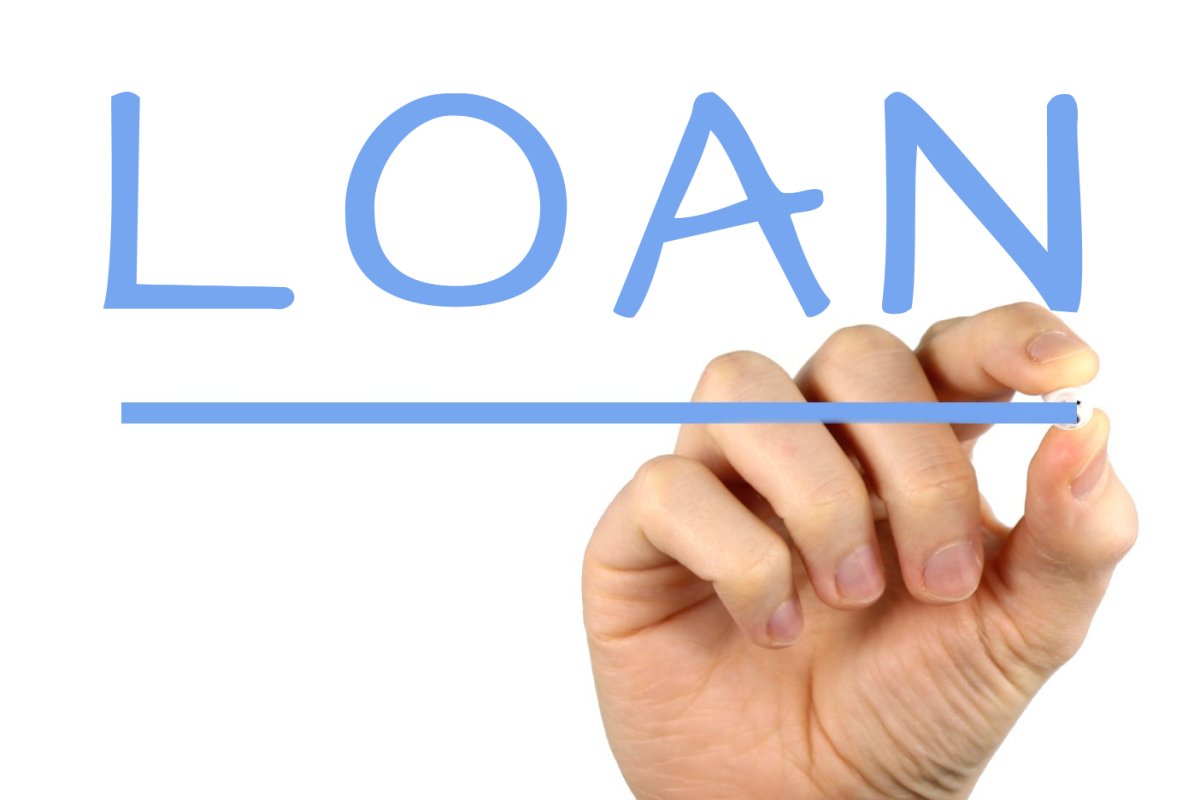Introduction
A loan is generally taken out as a lump sum from a lender usually to finance a new home, education, automobiles, or even general living expenses. Additionally, businesses may borrow in order to raise funds for equipment infrastructure, real estate, or for an expansion. With the evolution of finance, over the years, a large variety of borrowing instruments are available for those looking for a loan today. However, every option may not be suitable for you. It is therefore important to choose a repayment plan, an interest rate, and security wisely before entering into a loan agreement.
Here are some of the more popular types of loans and what conditions they work with.
Consumer Loans

Consumer loans are loans taken out by individuals in a lump sum. They are usually used for personal purposes such as education, automobiles, real estate or other personal reasons such as health. These loans may be secured or unsecured based upon the circumstances. Here are some of the more common types of consumer loans.
Mortgages

Housing loans are usually in the form of mortgages. The value of a home is large compared to another loan. Therefore the purchased houses are generally mortgaged against the loan amount in the agreement. The loan term is generally very long. It may range from 20 to 30 years, the interest rate being higher, with a lower period.
Mortgages also have some concessions from the US federal government. The federal housing scheme supports those financial need in securing the necessary finances and guarantees. The Department of Veterans also does the same for veterans of the security forces. These schemes ensure that the down payments are lesser than regular mortgaging schemes.
Student loans

Student loans are used for education at any level. This is a relatively new type of loan, gaining popularity due to the surging prices of education. Student loans are offered by the federal government of the USA. These have a flat interest rate and do not have to be paid back after a certain period after graduation. They are of two types: subsidized and unsubsidized. In the case of subsidized loans, the US government pays off the interest periodically during the period of education. These are meant for those in financial need.
Federal loans have a cap on the maximum amount. Therefore some students use private lenders for a student loan. These have a lower interest rate than federal loans and may have a varying rate of interest. There are various concessions on student loans such as repayment only after graduation.
Auto Loans

Automobile loans are used to purchase vehicles. The loan term ranges from 24 months to 72 months in general cases. The vehicle being purchased is considered collateral in these agreements. Auto loans can get complicated and risky due to the sharp depreciation of car values. The lender may lose money in case of a default because of this. Therefore the market values and the loan amounts should be carefully considered before an agreement is reached.
Borrowers should go for shorter terms and larger down payments due to the depreciation factor. In case of long terms, the borrower may end up paying much more than the actual current value of the vehicle.
Personal Loans

Personal loans are the most flexible type of loans. They have a wide range of uses. However, the amounts are usually capped at a certain amount. Also, the loan period is normally less than 10 years. These loans are popularly used to pay off credit card debt as this proves more affordable.
However, personal loans are perhaps the riskiest form of loans for lenders. Personal loans may be secured or unsecured, but unsecured loans have a higher rate of interest.
Small Business Loans

The reasons for business borrowing are similar to consumer borrowing. They need to purchase equipment, infrastructure, real estate and other things necessary for expansion. They may also require loans to cover the financial gaps in thor books. However, business loans differ from consumer loans on a sheer level of complexity.
The number of factors to be considered before financing a small business is huge. You need to assess the cashflow, other loans, market standing, share values along credit histories before signing agreements. Many forms of small business financing such as merchant cash advances and invoice factoring exist, which are specifically tailored for the needs of businesses.

I don’t commonly comment but I gotta admit thanks for the post on this great one